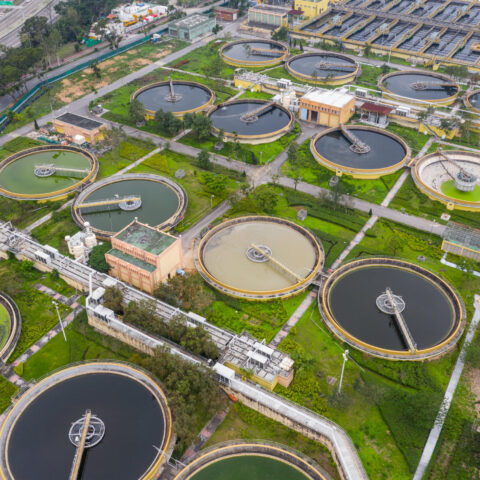0
-
An empty cart
You have no item in your shopping cart
Bentonite is commonly used in pelletting of iron ore. Bentonite plays an important role in using degradable iron ores with low grades upon pelleting.
While activated calcium bentonites swell about 5-6 times of their volume, Sodium bentonites can swell up to 25-30 times. Swelling is directly influenced by the Enslin value required for the pellet.
The water, which can locate between each layer of montmorillonite and be connected with the forces of Van der Walls, scatters ore particles better on each other, thus it can increase the number of raw pellets falling.
During drying, the surface tension forces are reduced; and, in pellet strength, only the adhesion forces become part of the activity. With the addition of sodium bentonite, the duration of the water is extended and additional binding forces are obtained.
Karben natural sodium bentonites are more suitable for use in pelletizing than calcium bentonites, since the rate of water swelling is higher and more fluid. Calcium bentonites used in pelletizing are generally activated by soda.
In the crude fall test, the raw pellet is repeated until a pellet is dropped down from a 45 cm height onto steel surface until it is broken. When sodium bentonite is used as binder, the strength of the pellets is measured 9-10 drops / 45 cm, while this value is 4-5 drops / 45 cm on average for calcium bentonites. In addition, in the case of fly ash and sodium bentonite combination, the raw pellet falling number is 34-36 drops / 45cm, and after drying, the pellet strength values can easily reach to 16-18 Kg / pellet. When sodium bentonite is used as binder, the pellet strength increases after sintering. When sodium bentonite content is used between 0.25 and 1%, there is a continuous increase in pellet strength between 135-310 Kg / pellet depending on the bentonite ratio. Moreover, thanks to this surface tension, smoother pellet surfaces are obtained by using less bentonite.
To sum up, the most effective factors for the successful use of bentonite in pelletizing are the moisture of filter cake, the specific surface area of the ore determined by the ore type, the distribution of bentonite particles in the filter cake and the quality of bentonite. It is preferable to use natural bentonite which has high plastic index and liquid limit values in order not to affect iron ore quality.

Our Advantages:
• Sodium Bentonite absorbs the moisture required thanks to its structure and provides a pellet structure with higher moisture concentration.
• When the clay layers of Sodium Bentonite are added to the iron ore concentrate, they expand and disperse through a matrix-transforming concentrate that binds the ore particles to each other through the hydration of interstitials that can be replaced.
• Sodium Bentonite can disperse well and provides an equal moisture distribution in wet pellet.
• During drying, Sodium Bentonite increases the drying rate by creating a way to remove the humidity.
• The use of Sodium Bentonite during production may result in a “slag bond” which increases the resistance of the cooked pellet.
• The pressure resistance of pellets formed by activated calcium bentonite addition is much lower than the pellets formed with Sodium Bentonite.
• Also, when Activated Calcium Bentonite is used as a binder alone, the wet pellet efficiency is also reduced.
• Pellet Bentonite is specially prepared for Iron Ore Pelletizing.
Note: Please call our technical department for our exclusive bentonite products for inclusion, cation exchange capacity, fire damage, sieves and moisture values for pelletizing plants.
Technical Analysis
a) Chemical Features ;
1- Si O2 : %55-63
2- Al2 O3 : %16-23
3- Fe2 O3 : % 3 Max.
4- Na2 O : % 2 Min. (Natural Na content).
5- CaO : % 2 max.
6- MgO : % 2 max.
7- K2O : % 1,25 max.
b) Physical Features;
1- Sieve Analysis: 20% max. + 325 mesh (+ 45micron) sieve
2 – Moisture: 10% max.
3- Attrition: 7.5% max.
4- Ensilin Value: 650 min. (24 hours basis).
5- Plastic Index: 450 min.
6- Water Absorption Capacity (PWA): 900 min
7- Specific Weight: 2,4




